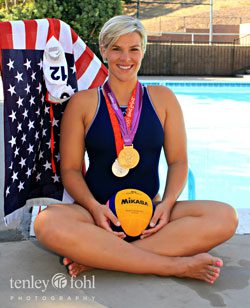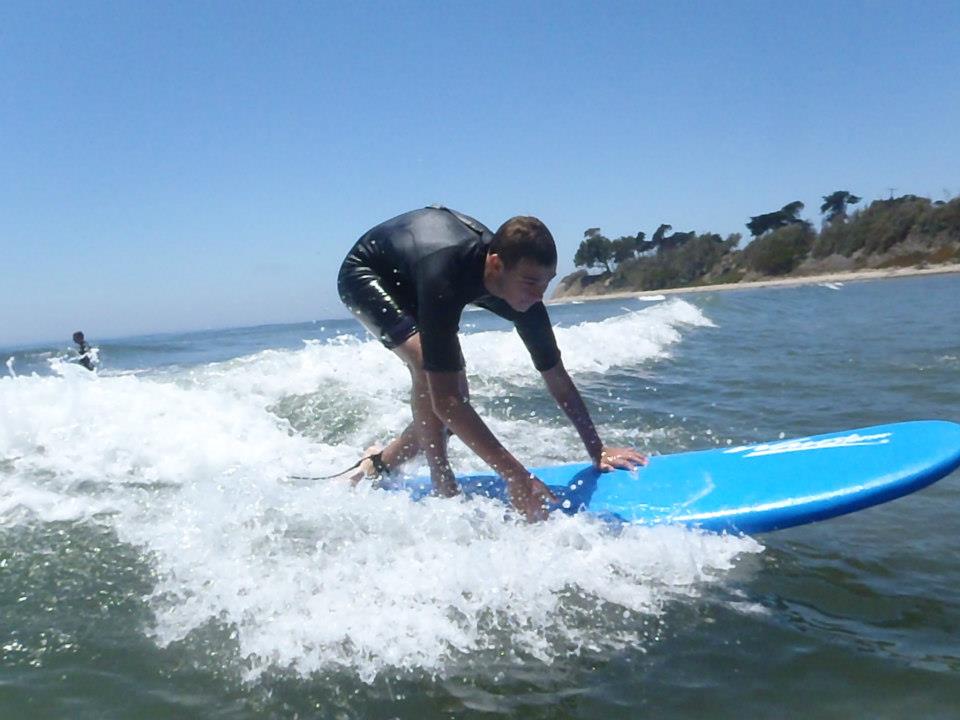By Jim Riley
Contributing Writer
Frequently I’m asked, “What’s the best exercise to do?” In the past my reply would be “Find something active you like to do and do it often.”
However, after reviewing a breadth of research and experiencing several years of brisk walking, I recommend brisk walking for all able seniors as part of their fitness routine. Let me explain my exercise criteria for fitness for seniors. Exercise should:
- Be natural and serve a functional purpose
- Be free and easily available
- Strengthen the large muscles and achieve a cardio effect
- Train posture and strength endurance in the torso-posture muscles
- Be injury-free
Other types of exercise such as running, group aerobics, tennis, biking and others are enjoyable all provide benefits for health. I recommend participating in them, but walking is the most accessible, functional and injury-free exercise known. Walking also trains and reinforces our most basic form of locomotion and trains basic movement that will improve performance in other preferred activities.
Read any runners, bikers or weight lifters magazine and a good portion of it will be about how to prevent or rehab injuries specific to the activity. Because walking is a natural activity that places much less impact on our joints, injuries are infrequent and not a major concern. Remaining injury-free should be a priority for all seniors, as an injury is more likely to be chronic and take longer to rehab.
The benefits of walking are often under appreciated. Only recently, as evolutionary history goes, have we been able to sit and move about in cars, buses and airplanes. Unfortunately, in our modern convenient world, walking may play only a minor role in our sedentary lives.
Walking is often referred to as an entry level exercise for fitness beginners. In fact, walking is not an entry level exercise and can easily be part of any fitness program. Walking is the complete basic, fundamental exercise with benefits that will enhance all your physical activities. Walking is the groundwork for movement, and consider these benefits:
- Walking is a learned skill. If we don’t use it, we lose it. Falling is the number one concern among seniors followed by lack of mobility. Regular walking helps alleviate both concerns.
- The contralateral rhythmic motion or our arms and legs working in opposition as we walk improves balance and creates a flowing motion through the torso that builds a strong center from which we move.
- Brisk walking improves and maintains strength in the large muscles of the hips and legs and improves cardio function. Brisk walking can elevate heart rate into the training zone.
- Posture-focused walking improves strength endurance in the spinal erectors and abdominal muscles that provide us with the ability to maintain a good upright posture throughout the day.
- Walking is often reported to have mental health and meditative benefits . It’s difficult to stay stressed or angry during and after a brisk long walk.
All types of exercise, done well, provide us with the movement our body requires to remain healthy and fit into our senior years, but walking is the most natural, functional, accessible and injury-free exercise available.
No matter your age, the body responds positively to exercise. Begin at a pace you can comfortably handle and maintain good posture. Gradually increase intensity until you can walk 30 to 40 minutes. Remember, maintaining good posture is more important than how fast you go.
Maintaining health and being active should be a priority for all able seniors.







